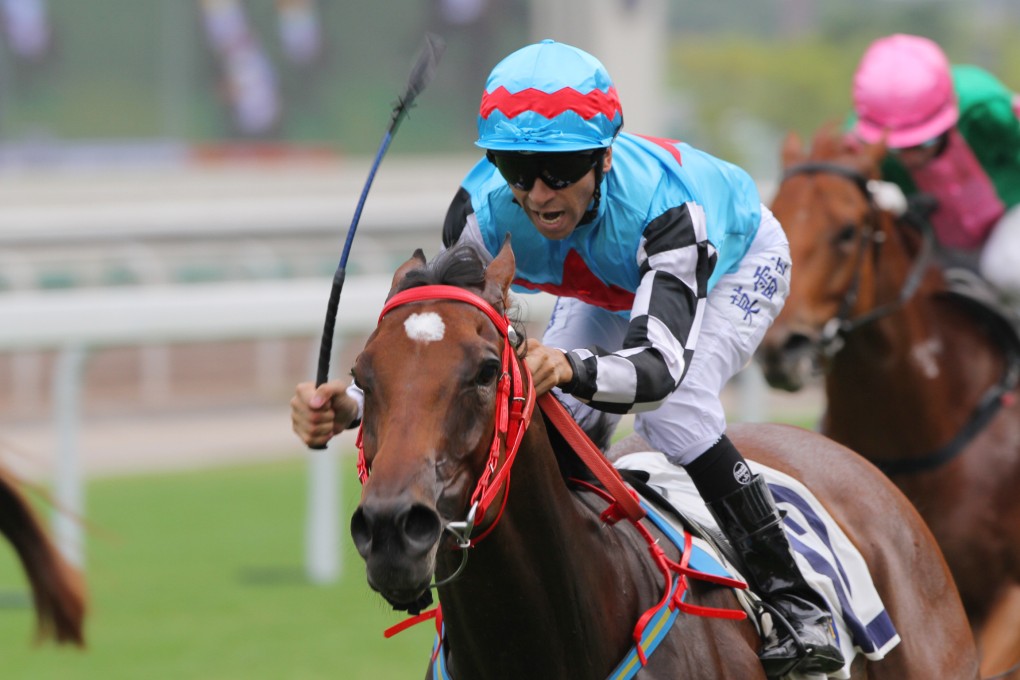Happy Lucky Dragon Win | When is enough information too much?

Will the Hong Kong Jockey Club’s reporting of veterinary issues become so transparent that Sunday form guides one day contain images of bone scans and results of blood tests to analyse ourselves?
Will TV pundits point to the usually high enzyme levels of a fancied runner, or that he left a quarter of his feed one day, as a cause for concern?
It can be a fine line between due diligence and information overload when reporting horse injuries or health issues, especially when it comes to dealing with the most demanding punting fraternity in the world.
In an effort to ensure transparency and trust, the Jockey Club’s website - easily the best of its kind in the world - contains a myriad of details from race results to trackwork times. It also features relatively extensive veterinary records, but it doesn’t contain everything. When it comes to veterinary procedures or issues, the point of discretion is still left with stewards and regulatory vets to decide what is relevant and announced to the public, and what to keep in-house, so as not to cause confusion or unnecessary concern.
The Jockey Club is in the unique situation of having all horses stabled in one complex. Vets are employed by the club and handle every procedure on the horses, so the club should know everything about every horse and are left with the decision of what to pass on to punters. The data provided is already far more than anywhere else, but how much information is too much? There have been three instances this week where stewards put ailments that might have been kept secret in other jurisdictions under the public spotlight.
